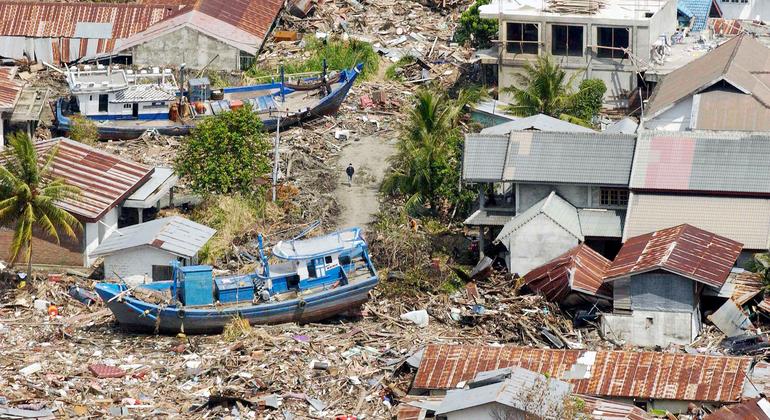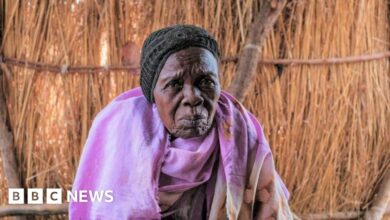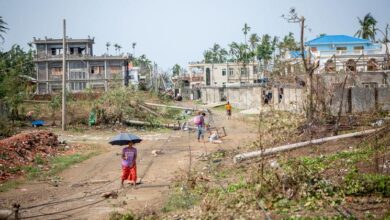Early warning systems are important as the world marks Tsunami Awareness Day


“This year marks the 20th yearth commemorates the Indian Ocean tsunami – one of the deadliest disasters in recent history. More than 230,000 people have died,” Mr. Guterres said his message during the day.
The Secretary-General emphasized that around 700 million people worldwide remain at risk of tsunamis, stressing that the best protection is through UN early warning for everyone initiative aimed at ensuring universal access to lifesaving warning systems.
Although tsunamis are rare, the United Nations Office for Disaster Risk Reduction (UNDRR) reports that they are among the deadliest natural hazards on Earth.
These incredibly powerful wave systems – often triggered by underwater earthquakes, volcanic eruptions or landslides – have killed more than 260,000 people over the past century, with economic losses reaching more than 280 billion USD.
According to the Intergovernmental Oceanographic Commission (IOC) of the United Nations scientific agency UNESCOTsunamis can strike the coast within minutes of the event, traveling across oceans at speeds of up to 800 km/h.
Gaps in global coverage
Early warning systems have proven successful in reducing deaths and economic losses from natural disasters worldwide, with a return on investment of nearly tenfold by saving lives and preventing damage. harmful.
“With human-caused climate change leading to more extreme weather and climate conditions, Early warning systems are not a luxury but are cost-effective tool to save lives,” Mr. Guterres said as he launched the Early Warning for All initiative in 2022.
Despite technological advances in disaster prediction and monitoring, significant challenges remain. Only half of countries worldwide reported having adequate multi-hazard early warning systems according to recent United Nations assessments.
The impact is especially severe in developing regions, where climate-related disasters cause 15 times more deaths than in other parts of the world.
The United Nations Early Warning for All initiative, launched in 2022, aims to close this critical gap by 2027.
Recent disasters highlight the challenges
The recent devastating floods in Spain, which killed at least 150 people, have highlighted the important role of early warning systems.
While Spain’s meteorological authorities issued multiple warnings, the intensity of the disaster demonstrated the growing challenges posed by climate change. Spain’s State Meteorological Agency (AEMET) issued its highest level of “red” weather warning before the disaster, but the intensity of the rain was unprecedented – with some areas receiving their annual rainfall typically in just 24 hours – overwhelming existing protections.
“Due to rising temperatures, the hydrological cycle has accelerated. It is becoming more erratic and unpredictable, and we are facing a growing problem of too much or too little water,” explains WMO Secretary General Celeste Saulo.
Build community resilience
The 2004 Indian Ocean tsunami spurred global cooperation in disaster prevention, leading to the establishment of a warning system that now protects 27 countries. However, experts emphasize that the warning system is only effective when the community knows how to respond.
“Education has an important role to play in saving lives and as this year’s theme reminds us, the participation of children and young people is vital,” Mr. Guterres emphasized, calling for Call on governments and partners in coastal communities to ensure people understand evacuation procedures.
The Secretary-General concluded with a call for immediate action: “Together, let us ensure that the future of our people is not swept away by a tsunami. Build resilience – now.”




